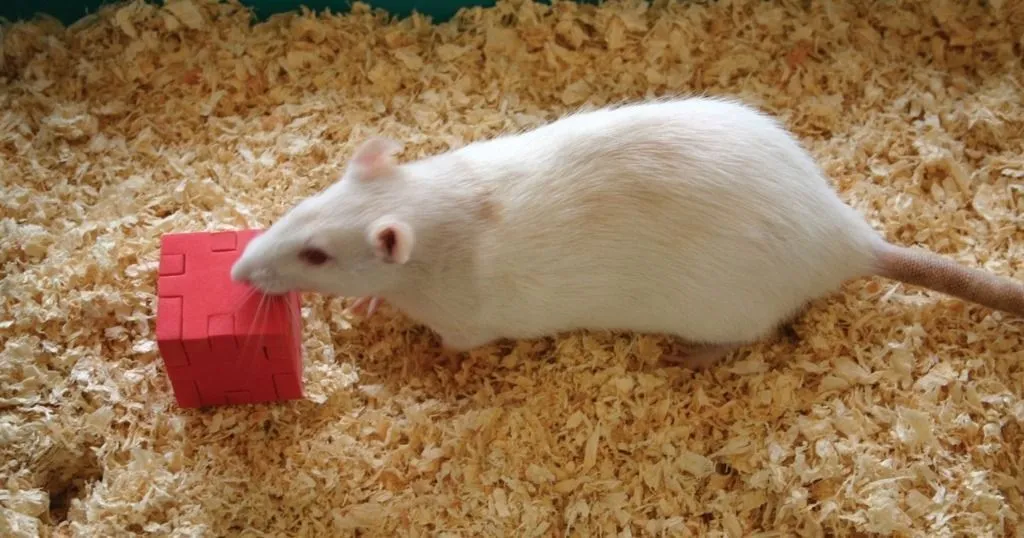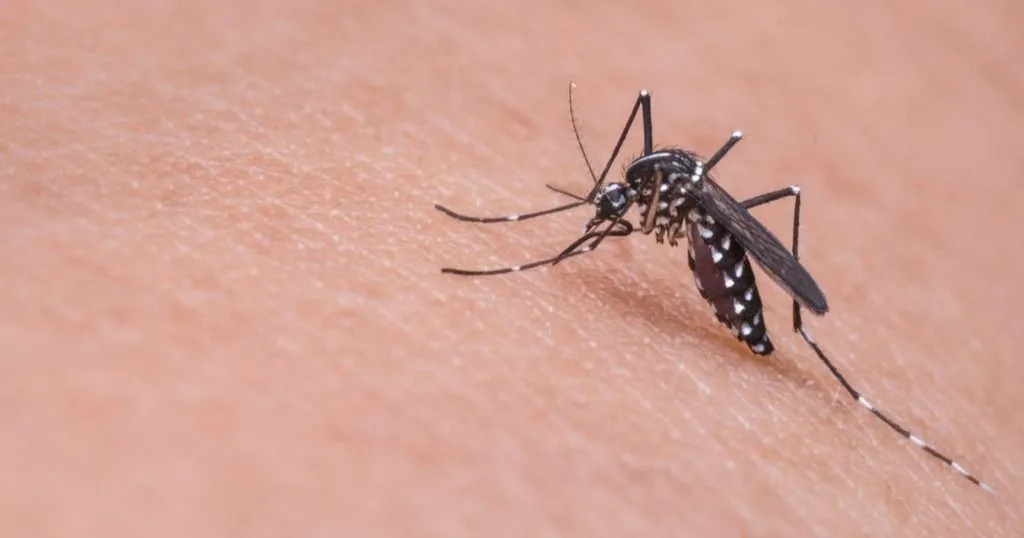Using several behavioral tests to investigate the role of the NR1 gene in schizo
Studies of the mental disorder schizophrenia in lab animals often include behavioral tests to investigate social behavior, cognitive abilities, and motor functioning.
Posted by
Published on
Fri 26 Jul. 2013
Topics
| EthoVision XT | Novel Object Test | Schizophrenia | Sociability Test | Social Behavior Research | Startle Respons | Video Tracking |

Schizophrenia is a mental disorder that causes several deficits: emotional, cognitive, and in motor function. So logically, studies of this disease (in lab animals) often include behavioral tests to investigate social behavior, cognitive abilities, and motor functioning.
Recently, Michael Glass and his colleagues did just that - they published a study that describes the use of a sociability test and a novel object recognition test, and used automated video tracking in both to investigate the involvement of a specific gene in schizophrenia.
Schizophrenia and the NMDA receptor in the nucleus accumbens
The gene in question is the one that encodes the NMDA receptor subtype 1 (NR1). This is an important receptor type found in neurons of the nucleus accumbens, a brain region that is involved in pleasure, addiction, the integration of motivated behaviors, and so on. NR1 is often co-expressed with the dopamine receptor D1R and the opioid receptor µ-OR and seems to have a role in the functioning of the dopaminergic system. This is what makes it an interesting study focus for Glass and his colleagues, because dopamine is a neurotransmitter that is well-known for its regulatory role in movement, emotional responses, and reward-motivated behaviors. Additionally, µ-OR mediates behaviors that are adversely affected by schizophrenia.
Gene deletion effects on startle response
To investigate the role or NR1, gene deletion technology was used to create a group of mice that lacked the NR1 receptor subtype (NR1del). A sham procedure was used to create a control group. Then an acoustic startle test was performed both before and after injection of apomorphine (dopamine agonist) or saline (as control).
Normally, the startle effect of a sound stimulus can be attenuated by a predicting stimulus, such as a shorter sound stimulus. This is called pre-pulse inhibition (PPI) of the acoustic startle (AS) response. Literature shows that activation of D1R by apomorphine produces a reduction in PPI of the AS response in rodents, which is a reliable index of a sensorimotor gating deficit typical for schizophrenia.
In the normal mice, without the NR1 deletion, the injection of apomorphine, as compared to saline, significantly reduced the AS response. However, there was no difference in percentage of PPI. The NR1del treated mice did not show a difference in AS nor in PPI between the apomorphine and saline injected subgroups. This suggests that the deletion of the NR1 gene prevented the suppression of AS that apomorphine typically induces. Additionally, immunocytochemistry confirmed a role of NR1 in D1R trafficking.
Testing social behavior in the sociability test
A sociability test was used to study social behavior among the mice. The test subject was confronted with a novel mouse in a container in the corner of the arena. EthoVision XT 8 video tracking software was used to automatically track the behavior of the mouse during a period of 15 minutes. Variables of interest included latency to approach, frequency of approach, and the time spent in close proximity with the social stimulus. These variables were automatically calculated by EthoVision XT. Because the researchers were able to define different overlapping zones of interest (social stimulus, area surrounding social stimulus, and quarters of the arena) within the software, variables were measured both in respect to direct contact with the social stimulus as well as to a 3cm boundary around the container. The vidoe below illustrates the arena definition in EthoVision XT.
Novel object recognition
The novel object recognition test was also performed with the help of EthoVision XT 8. It started with a training session, during which the mice were confronted with two identical objects to familiarize. In a first testing round, one (now familiar) object was replaced by a novel object. In the second test, another novel object replaced the second familiar one. EthoVision XT was used to automatically calculate presence variables such as duration, latency, and frequency of contact with the object. The researchers investigated direct contact with the object as well as the mice being detected in a 3cm boundary around the object or that specific half of the arena.
Behavioral effects of NR1 gene deletion
In literature, NMDA receptors have been shown to play an important role in social behaviors. The sociability test in this study showed that deletion of NR1 indeed impaired social interest. A significant effect was found in the amount of time animals remained in contact with the novel mouse, spent orientated towards the novel mouse, and spent in the same quadrant as the novel mouse.
Episodic memory, as tested in the novel object recognition test, was not affected by NR1 deletion. Both the control group and the NR1del group of mice spent significantly more time with the novel object. In an additional locomotor test, no differences were found as a consequence of the NR1 deletion.
References
Glass, M.J.; Robinson, D.C.; Waters, E.; Pickel, V.M. (2013). Deletion of the NMDA-NR1 receptor subunit gene in the mouse nucleus accumbens attenuates apomorphine-induced dopamine D1 receptor trafficking and acoustic startle behavior. Synapse, 67(6), 265-279.
Related Posts

Smelly feet and heat – how malaria mosquitoes find their hosts

Top 10 Animal behavior research blogs


